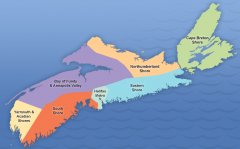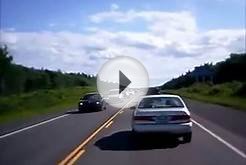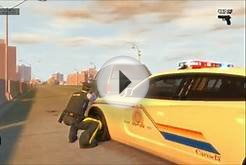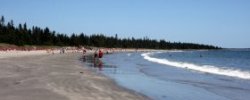Will changes to some snow plow routes this year mean a reduction in my service?
While the Department of Transportation and Infrastructure Renewal is looking at greater efficiencies to achieve savings, we will continue to meet our high snow and ice control service standards. We won't comprise road safety to save money. If we get a harder winter than what we expect, we'll continue to provide the highest quality of snow and ice control. We have the staff and plow trucks we need to get the job done to keeps our roads safe.
How soon after a snow storm will my road be plowed?
We're on the job day and night, 24/7, keeping our roads as clear and safe as possible. Road clearing is scheduled according to the kind of road and traffic levels. This allows for maximum mobility for the most amount of people during stormy weather.
The plowing priorities and service levels are:
100-Series and Trunk highways and other high traffic roads - within 8 hours after snow stops
Local paved roads, including most subdivisions and residential streets- within 24 hours after snow stops
Gravel roads - within 24 hours after snow stops
What are the salting and sanding levels of service?
Our salting and sanding levels of service are:
100-Series highway and major roads with high traffic - salted to achieve bare pavement. Salt is applied before, during and after a storm if required.
Major roads with high traffic - salted to achieve a 2.5-metre to 5-metre bare strip along the centre line. Salt is applied at the beginning of a storm and after a storm, if required.
Local paved roads with low traffic - salted to achieve a 1-metre to 2.5-metre bare strip. Salt is applied only after a storm.
Gravel roads - A salt-sand mixture is used to achieve a snow packed surface.
When do you use salt vs. sand?
We strive to provide the highest possible level of service and safety in the most environmentally responsible way.







